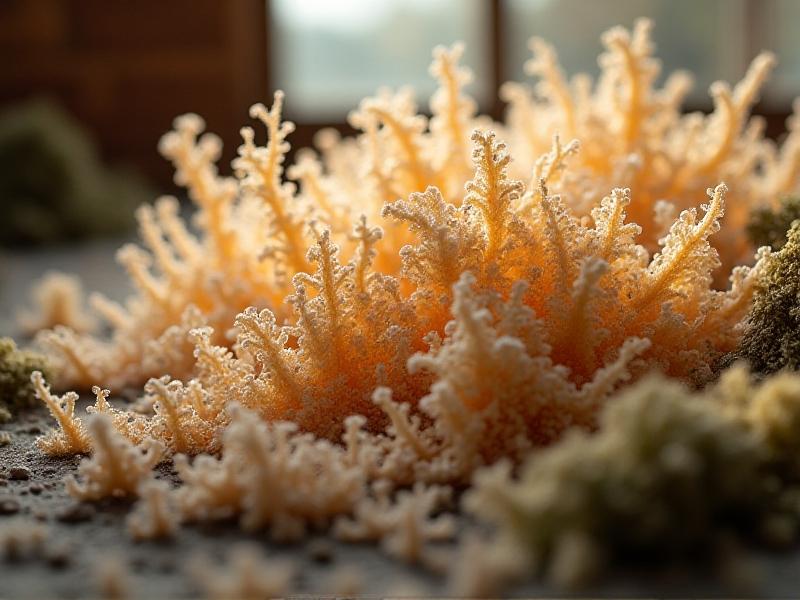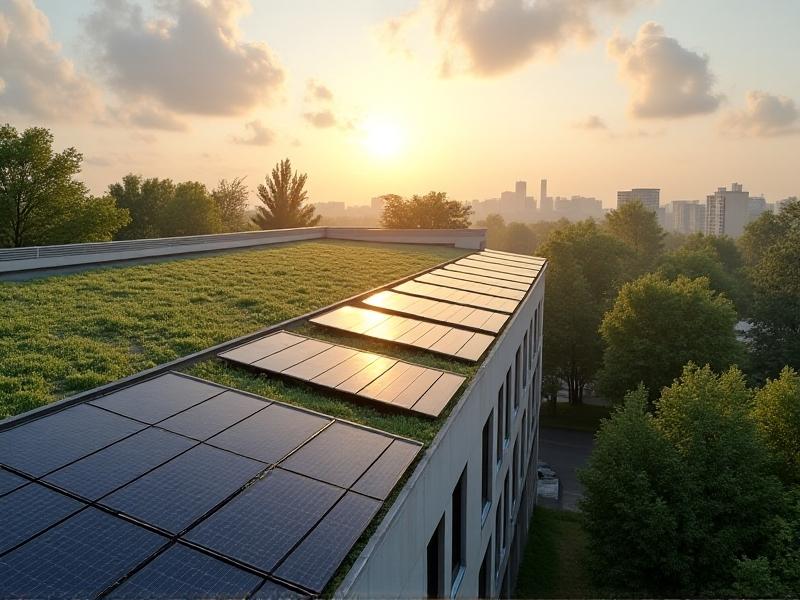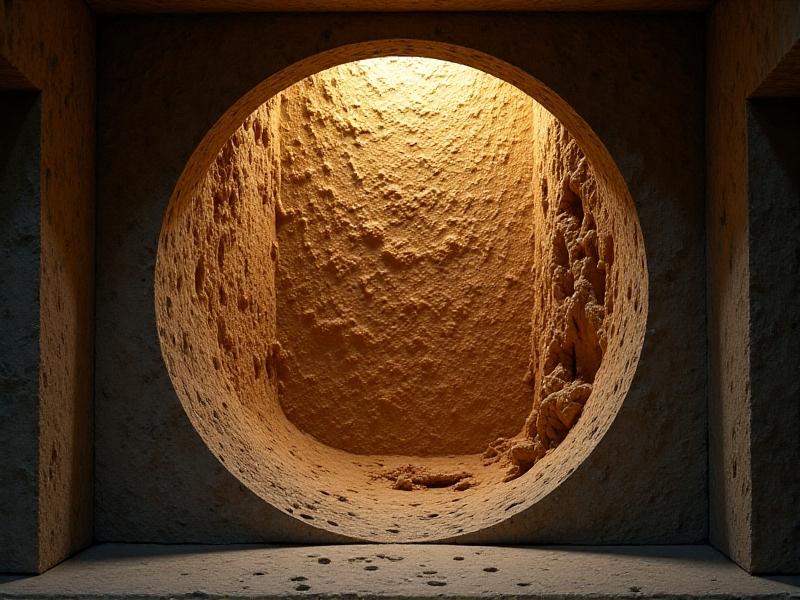Earthquake Resistance Testing for Mycelium Structural Elements
The Rise of Mycelium as a Sustainable Building Material
In recent years, mycelium has emerged as a groundbreaking material in the construction industry. Derived from the root structure of fungi, mycelium offers a sustainable alternative to traditional building materials like concrete and steel. Its lightweight, biodegradable, and renewable properties make it an attractive option for eco-conscious architects and engineers. However, one of the critical challenges in adopting mycelium for structural applications is ensuring its ability to withstand natural disasters, particularly earthquakes.
Earthquake resistance is a crucial factor in the safety and longevity of any building material. For mycelium to be considered a viable option for construction, it must undergo rigorous testing to evaluate its performance under seismic conditions. This blog post delves into the methods, challenges, and potential of earthquake resistance testing for mycelium structural elements, exploring how this innovative material could shape the future of sustainable architecture.
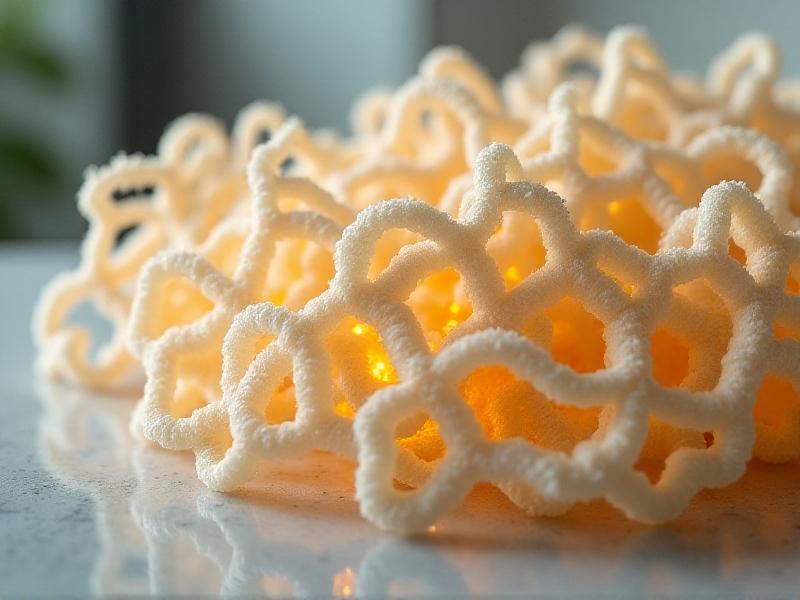
Understanding Mycelium’s Structural Properties
Before diving into earthquake resistance testing, it’s essential to understand the unique properties of mycelium that make it a promising building material. Mycelium is composed of a network of thread-like hyphae, which bind together to form a dense, fibrous structure. When cultivated with agricultural waste, such as straw or sawdust, it creates a composite material that is both strong and lightweight.
One of the key advantages of mycelium is its ability to self-assemble, growing into specific shapes and forms without the need for energy-intensive manufacturing processes. This property makes it highly customizable for various architectural applications. Additionally, mycelium is fire-resistant, insulating, and capable of absorbing sound, further enhancing its appeal as a building material. However, its organic nature raises questions about its durability and resilience under extreme conditions, such as earthquakes.
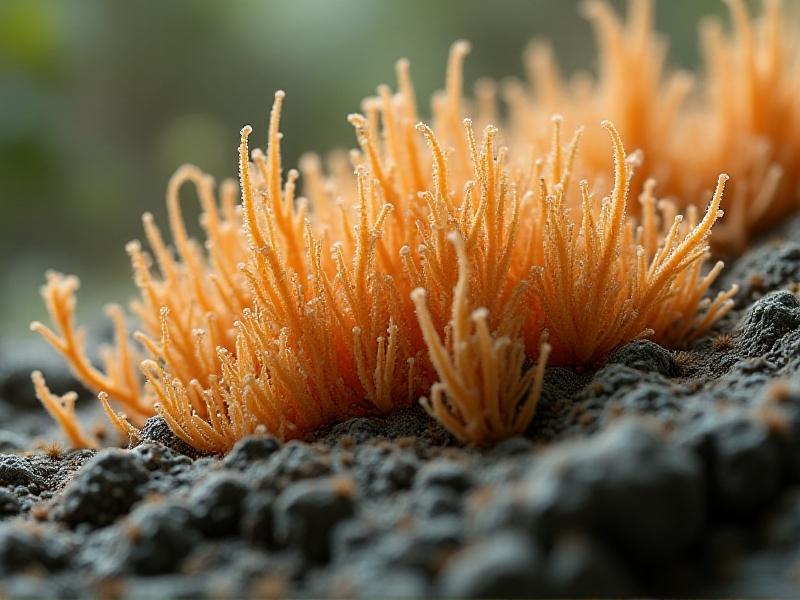
The Importance of Earthquake Resistance Testing
Earthquake resistance testing is a critical step in validating the safety and reliability of any building material. For mycelium, this process involves subjecting structural elements to simulated seismic forces to assess their performance. The goal is to determine whether mycelium-based components can withstand the stresses and strains caused by ground motion without compromising the integrity of the structure.
Testing typically involves placing mycelium samples or prototypes on a shake table, a device that replicates the movement of an earthquake. Sensors measure factors such as displacement, deformation, and failure points, providing valuable data on the material’s behavior under stress. These tests help identify potential weaknesses and inform improvements in the design and composition of mycelium structural elements.
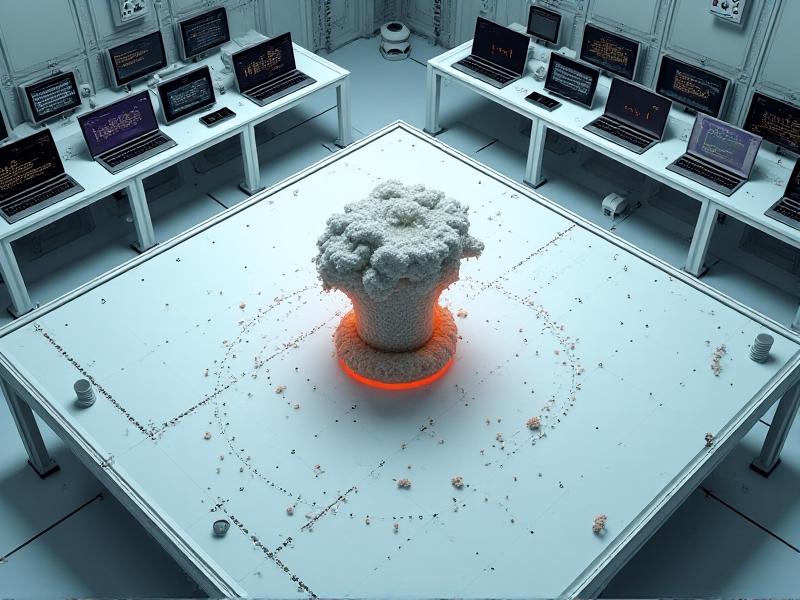
Challenges in Testing Mycelium for Seismic Resistance
While mycelium holds great promise, testing its earthquake resistance presents several challenges. One of the primary concerns is its organic composition, which may degrade over time or under extreme conditions. Unlike traditional materials, mycelium is susceptible to moisture, temperature fluctuations, and microbial activity, all of which can affect its structural integrity.
Another challenge is the lack of standardized testing protocols for mycelium. Because it is a relatively new material, existing methods for evaluating earthquake resistance may not be fully applicable. Researchers must develop tailored approaches that account for mycelium’s unique properties, such as its flexibility and ability to self-repair. Additionally, scaling up from small prototypes to full-scale structural elements introduces complexities that require careful consideration.
Innovative Approaches to Enhancing Mycelium’s Seismic Performance
To address the challenges of earthquake resistance, researchers are exploring innovative ways to enhance mycelium’s performance. One approach involves combining mycelium with other materials, such as natural fibers or biopolymers, to create composite structures with improved strength and durability. These hybrid materials can leverage the best properties of each component, resulting in a more resilient product.
Another promising avenue is the use of bioengineering techniques to modify mycelium at the molecular level. By altering its growth conditions or genetic makeup, scientists can produce strains of mycelium that are better suited to withstand seismic forces. Additionally, advancements in 3D printing technology enable the precise fabrication of mycelium-based elements with optimized shapes and geometries for earthquake resistance.
Case Studies: Mycelium in Earthquake-Prone Regions
Several pilot projects have already demonstrated the potential of mycelium in earthquake-prone regions. For example, a prototype mycelium-based shelter was tested in a seismically active area, where it successfully withstood simulated earthquake conditions. The lightweight nature of the material reduced the risk of injury during collapse, while its insulating properties provided protection from the elements.
Another case study involves the use of mycelium in retrofitting existing structures to improve their earthquake resistance. By incorporating mycelium panels or reinforcements, engineers can enhance the seismic performance of older buildings without the need for extensive renovations. These real-world applications highlight the versatility and potential of mycelium as a sustainable solution for disaster-resilient construction.
The Future of Mycelium in Sustainable Construction
As research and development continue, mycelium is poised to play a significant role in the future of sustainable construction. Its ability to combine environmental benefits with structural performance makes it an ideal candidate for addressing the challenges of urbanization and climate change. By advancing earthquake resistance testing and exploring new applications, we can unlock the full potential of this innovative material.
Moreover, the adoption of mycelium in construction aligns with global efforts to reduce carbon emissions and promote circular economies. As more architects, engineers, and policymakers recognize its value, mycelium could become a cornerstone of green building practices, paving the way for a more sustainable and resilient built environment.

